Week 7: Stop Motion Impressions
By Alfonssette Medina, Josh Zhong, and Mashiyat Zaman
I wasn’t particularly enthusiastic about working with stop motion animation, maybe because of the precision it seems to require from beginning to end. I recall this scene from a show I watched growing up in which a character drastically shortened his claymation project after someone ruined his set, and I think that’s the impression of the medium that has persisted to this day.
We opted for using paper-on-paper, i.e., moving pieces of paper around a paper background lying flat on a desk, thinking that working in one less dimension would simplify our process. While we became more sensitive to anything that betrayed our 3D world, like shadows escaping from beneath the page, limiting our degree of motion allowed us to easily test and retake shots, avoiding the nightmare of a whole scene ruined by one botched frame.
In our first scene, a yellow triangle on the bottom left quadrant of a canvas made of four alternating red and blue squares shakes energetically, then launches five discs colored red, green, white, blue, and black in nonuniform arcs before settling back in place.

In our second scene, a yellow ball bounces up a set of green stairs lying against the same canvas as above. As the ball climbs each step, it squishes and stretches, resembling a kidney bean as it arcs through the air, and a thin sunflower seed when flattened against the surface.

We enjoyed watching our completed animations, and I think part of the satisfaction came from the suspense of not knowing how they would come together while we were shooting individual frames. Luckily for us, the payoff for shooting some 24 frames of each of our four-second videos came relatively quickly – I would guess that an animator working on a twenty-minute episode might not see their completed work for weeks or months!
As a last step, Alfonssette color-corrected the animations to account for the slight differences in lighting between each frame. Though we kept our setup uniform throughout the entire shooting process, different light sources (e.g., from outside) and the positioning of our bodies with respect to them may have changed the lighting between each shot.




